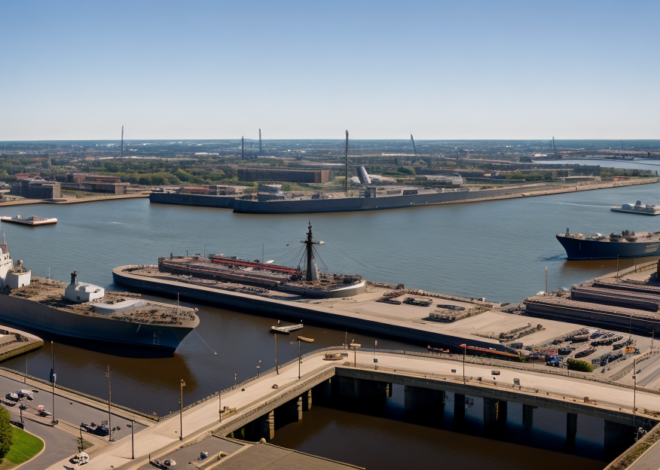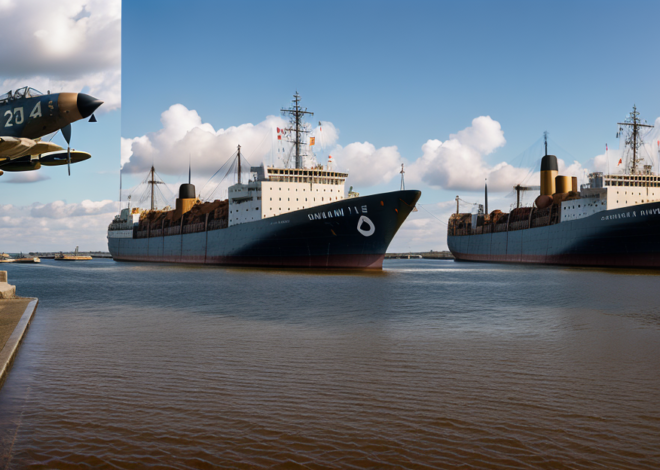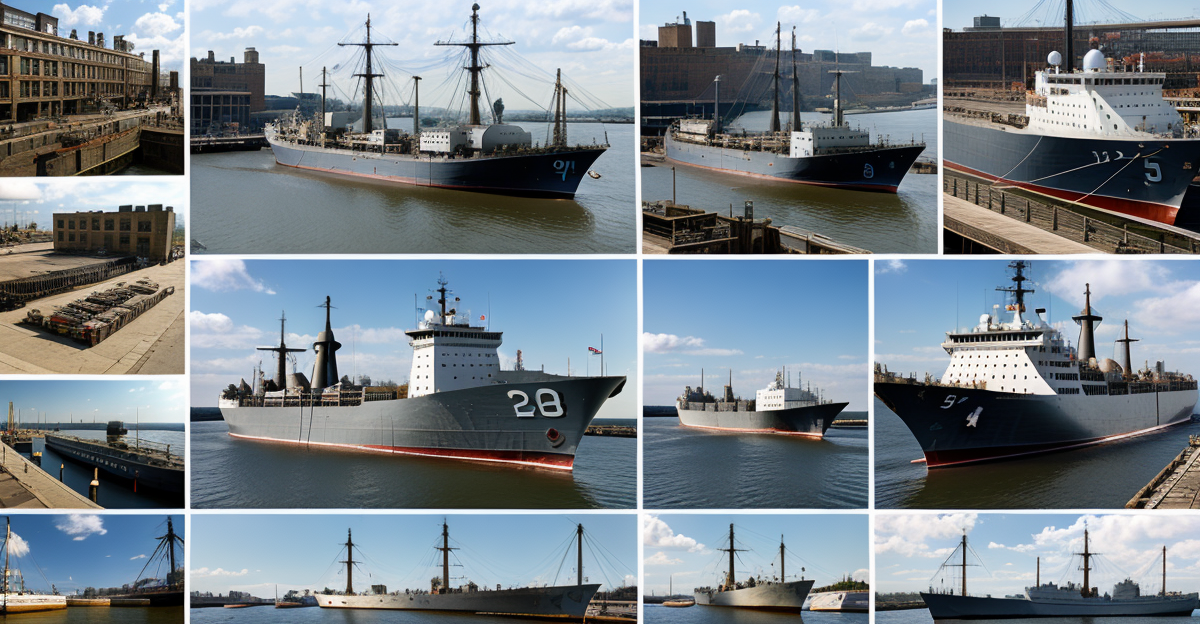
Why Did Southampton Play a Key Role in World Wars?
The city of Southampton, located on England’s south coast, has been recognized for its prominent role in both World War I and II. At first glance, one might attribute this to its robust shipbuilding industry or its strategic maritime position. However, the city’s contribution extends beyond these facets, encompassing a complex interplay of factors that are not only historical but also socio-economic in nature.
It is this intricate web of elements that we aim to explore, to better understand how and why this seemingly ordinary city became an extraordinary linchpin in the global conflicts of the 20th century.
Southampton’s Strategic Maritime Position
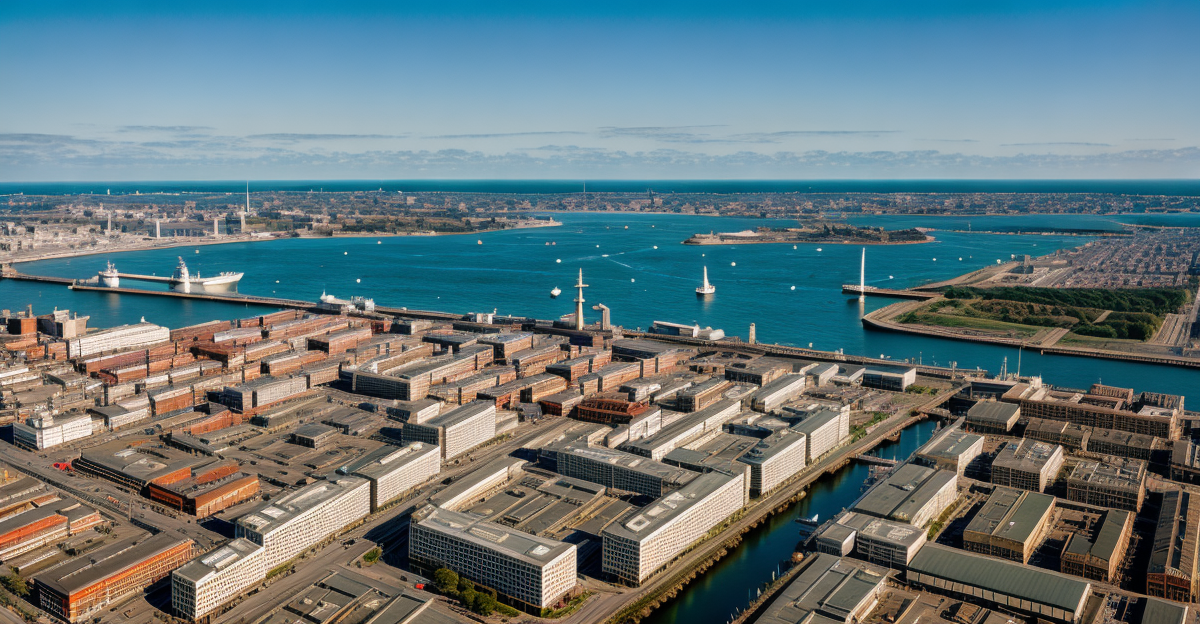
In examining Southampton’s pivotal role in the World Wars, one cannot overlook its strategic maritime position that rendered it an indispensable hub for both military and civilian operations. The city’s port, which has long been central to its identity, became a linchpin of naval defense due to its proximity to the English Channel. It was not only a departure point for Allied forces, but also a first line of defense against potential naval incursions.
Southampton’s maritime position also had considerable trade influence. The city’s port, already a major player in domestic and international commerce, saw an exponential increase in activity during the war years. The need for supplies and resources to support the war effort led to a surge in trade, with Southampton at the forefront due to its strategically advantageous location.
Despite the city’s significant contributions to the war effort, it was not spared from the devastating effects of the conflict. The city was heavily bombed during the Blitz, with significant damage to its infrastructure. However, Southampton’s strategic maritime position and its influence on trade and naval defense remained undiminished, underscoring its vital role in the World Wars.
Shipbuilding Industry During the Wars
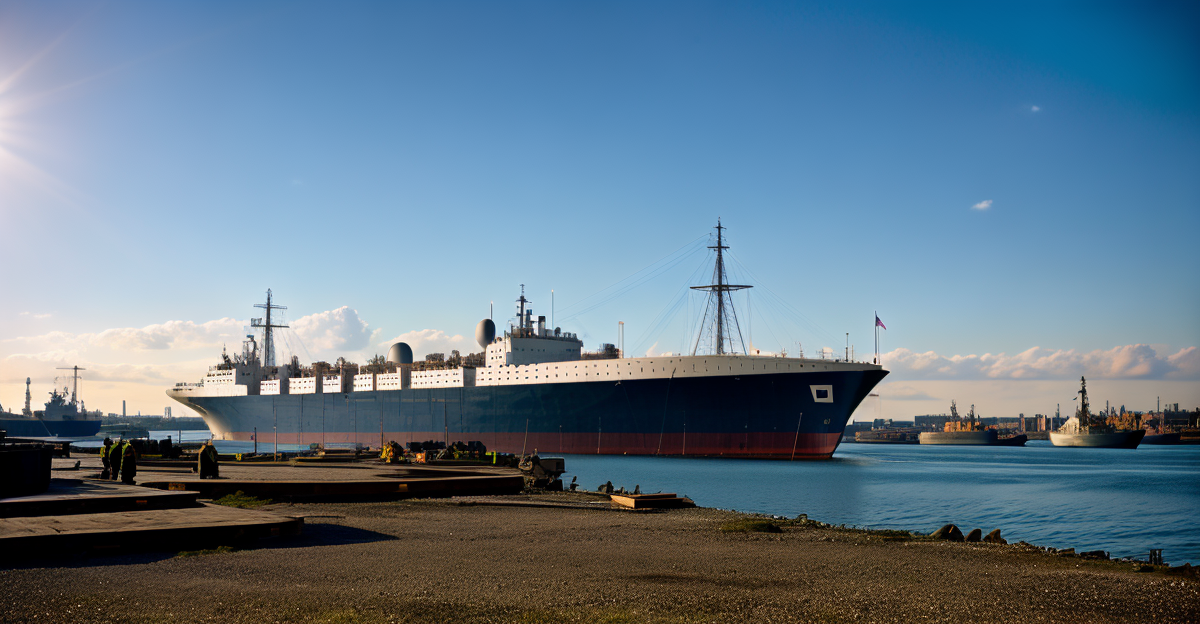
Building upon Southampton’s strategic maritime significance, its shipbuilding industry emerged as a crucial facet of its participation in the World Wars. The city’s coastal location and existing infrastructure made it an ideal hub for shipbuilding, a position which was further strengthened by industrial advancements. Technological innovations streamlined the production process, enabling the rapid construction of military vessels. This, in turn, bolstered the Allies’ naval capabilities, making a significant contribution to the war effort.
However, the city’s booming shipbuilding industry also significantly altered labor conditions. The demand for labor surged, leading to an influx of workers from across the country. While this bolstered the city’s economy, it also led to overcrowding and strained resources. Nonetheless, the workers displayed remarkable resilience, persevering despite challenging conditions.
Importance of Southampton Docks
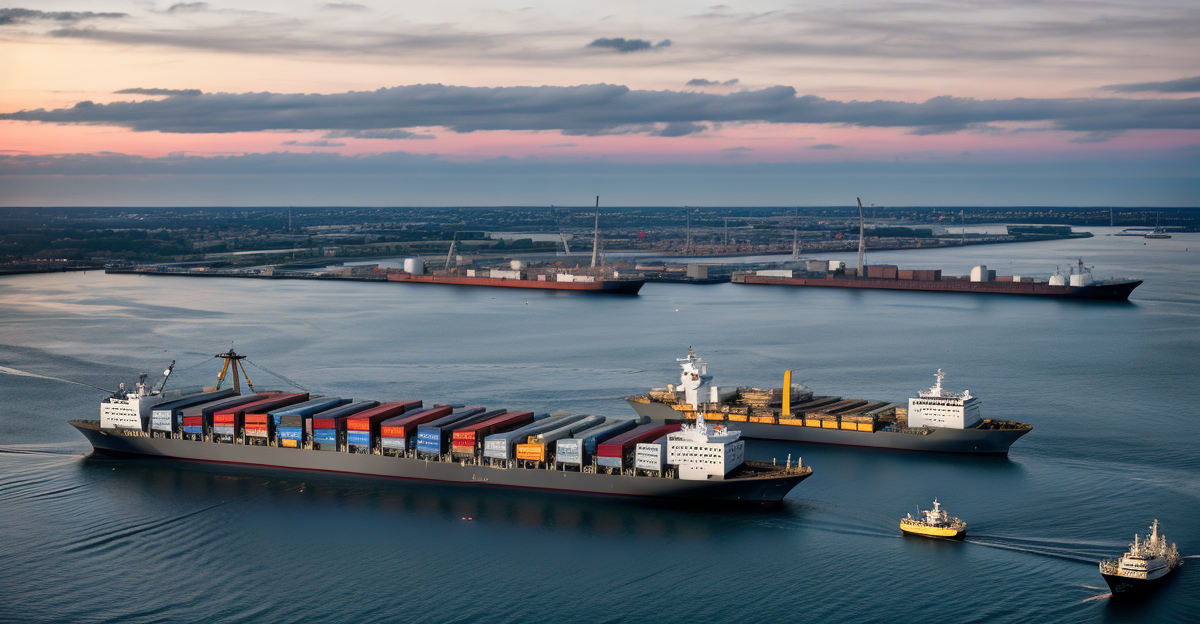
Serving as the heart of the city’s maritime activities, Southampton Docks played a pivotal role during the World Wars, a testament to their strategic importance and logistical capabilities. The docks’ infrastructure, exceptionally designed and robust, facilitated the efficient movement of personnel, ammunition, and essential supplies, thereby sustaining Britain’s war efforts.
The strategic positioning of Southampton Docks on the South Coast, coupled with its sophisticated infrastructure, made it an indispensable hub for transatlantic trade and military operations. The vast dockland, equipped with deep-water berths and extensive warehousing, could accommodate large military vessels and store a significant amount of goods and supplies, highlighting the trade importance of the docks.
Furthermore, the docks’ rail connections enabled the swift inland transportation of troops and materials. The docks also served as a critical embarkation point for troops heading to various war fronts, further underlining their strategic significance.
In essence, the Southampton Docks’ strategic location, advanced infrastructure, and connectivity to trade and transportation networks significantly contributed to their indispensable role in Britain’s war efforts. Their efficient operation and management ensured the steady flow of essential supplies and troops, making them a vital cog in the machinery of the World Wars.
City’s Role in Troop Movements
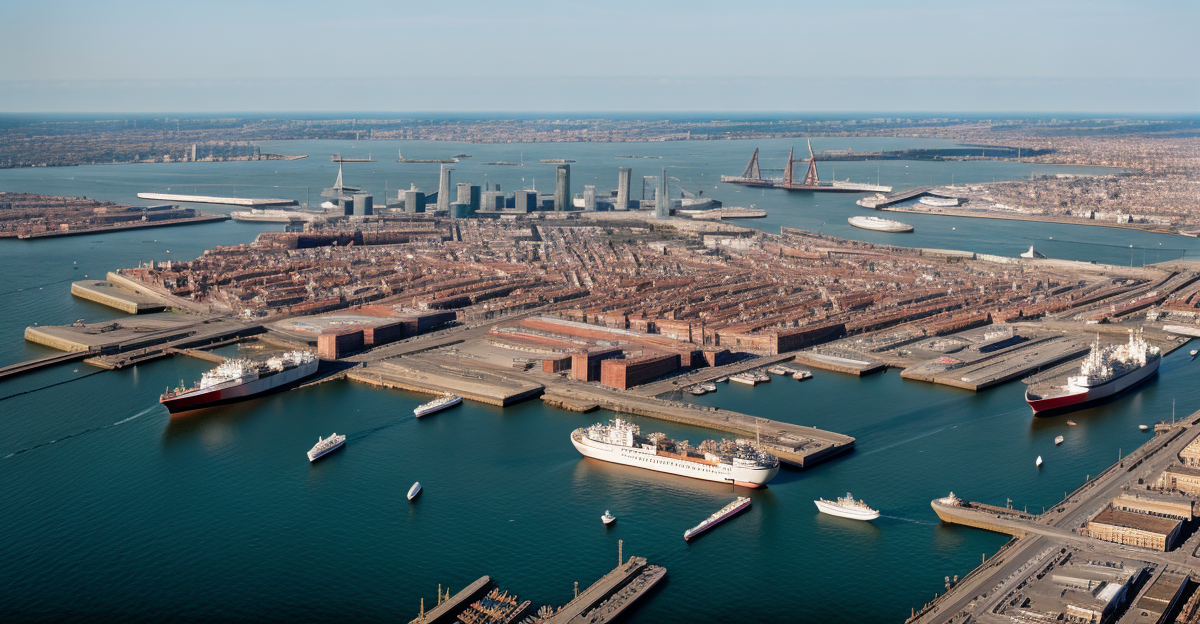
Beyond the docks’ logistical prowess, Southampton’s broader role in facilitating troop movements during the World Wars warrants meticulous examination. The city’s infrastructure, along with its geographical position, made it a strategic point for mobilizing forces. Its railway network and roads provided easy and rapid access to the rest of the country, crucial for the efficient deployment of troops, supplies, and equipment.
The city itself became a hive of military training activities, with its open spaces converted into makeshift training grounds. This not only ensured that troops were battle-ready but also played a significant role in maintaining troop morale. The camaraderie fostered within city limits before deployment often translated into greater resilience and unity on the battlefield.
Southampton’s role in the World Wars extended beyond its physical contributions. The city’s community provided a supportive backdrop for troops, with local establishments offering services and entertainment that boosted morale. In turn, this helped maintain a steady flow of eager and determined soldiers ready for deployment.
Therefore, Southampton’s role was not merely logistical but also psychological, contributing significantly to troop morale and military readiness during the World Wars. The city, thus, played a key role in the larger war effort, demonstrating the importance of comprehensive support systems in times of conflict.
Southampton’s Post-War Reconstruction
In the aftermath of the World Wars, Southampton embarked on a comprehensive process of reconstruction, demonstrating resilience and adaptability in the face of immense destruction. The city’s post-war architecture was a testament to its determination to rise from the ashes, with a focus on modernist designs that embodied a forward-thinking attitude and a commitment to progress.
The new architecture of Southampton was not merely a response to the physical devastation, but also part of an economic recovery strategy. A significant investment was made in infrastructure, including the construction of new buildings and public works. This acted as a catalyst for economic growth, attracting businesses and residents alike, and leading to a revival of the city’s economy.
Southampton’s post-war reconstruction was also marked by a shift towards a diversified economy. The city moved away from its traditional reliance on the maritime industry, and embraced a range of sectors including manufacturing, services, and education. This economic diversification proved crucial in ensuring the city’s long-term prosperity and stability.

